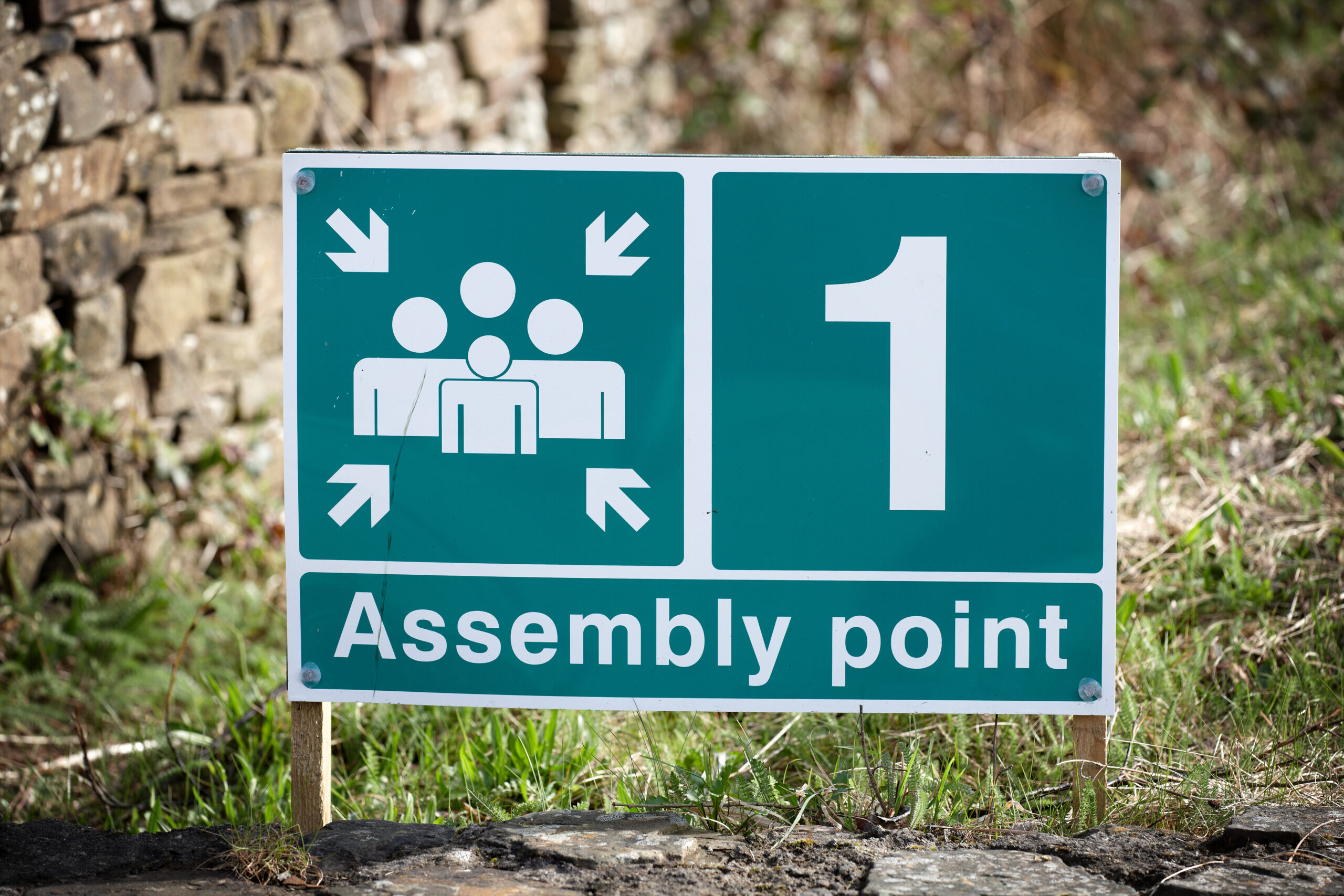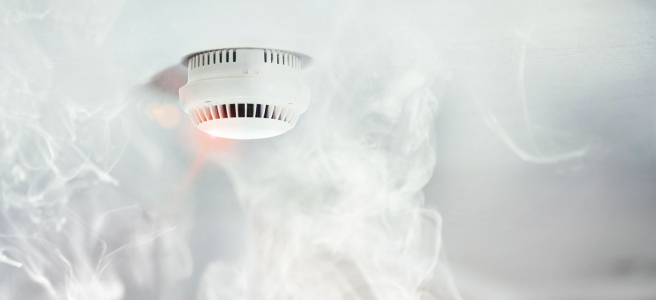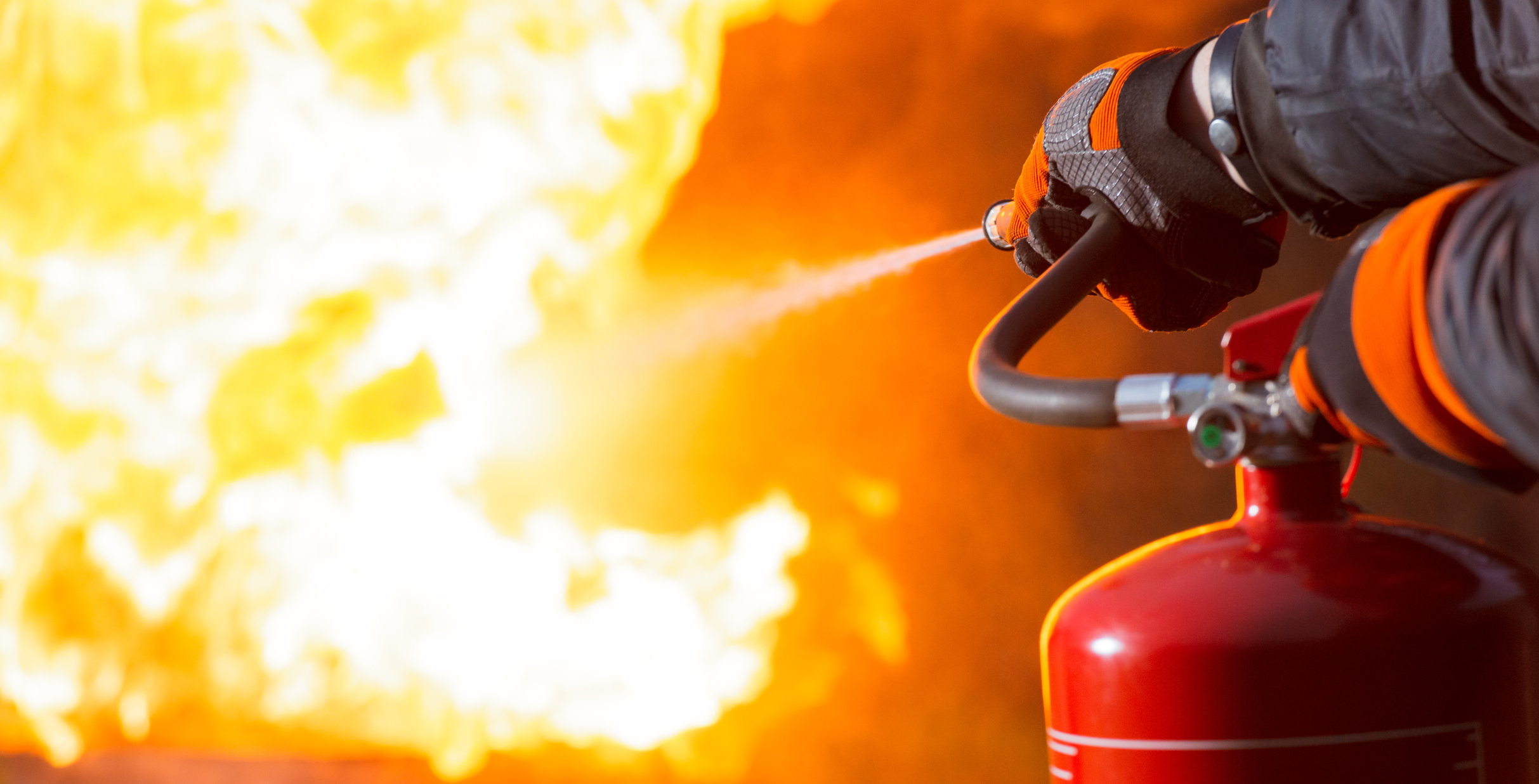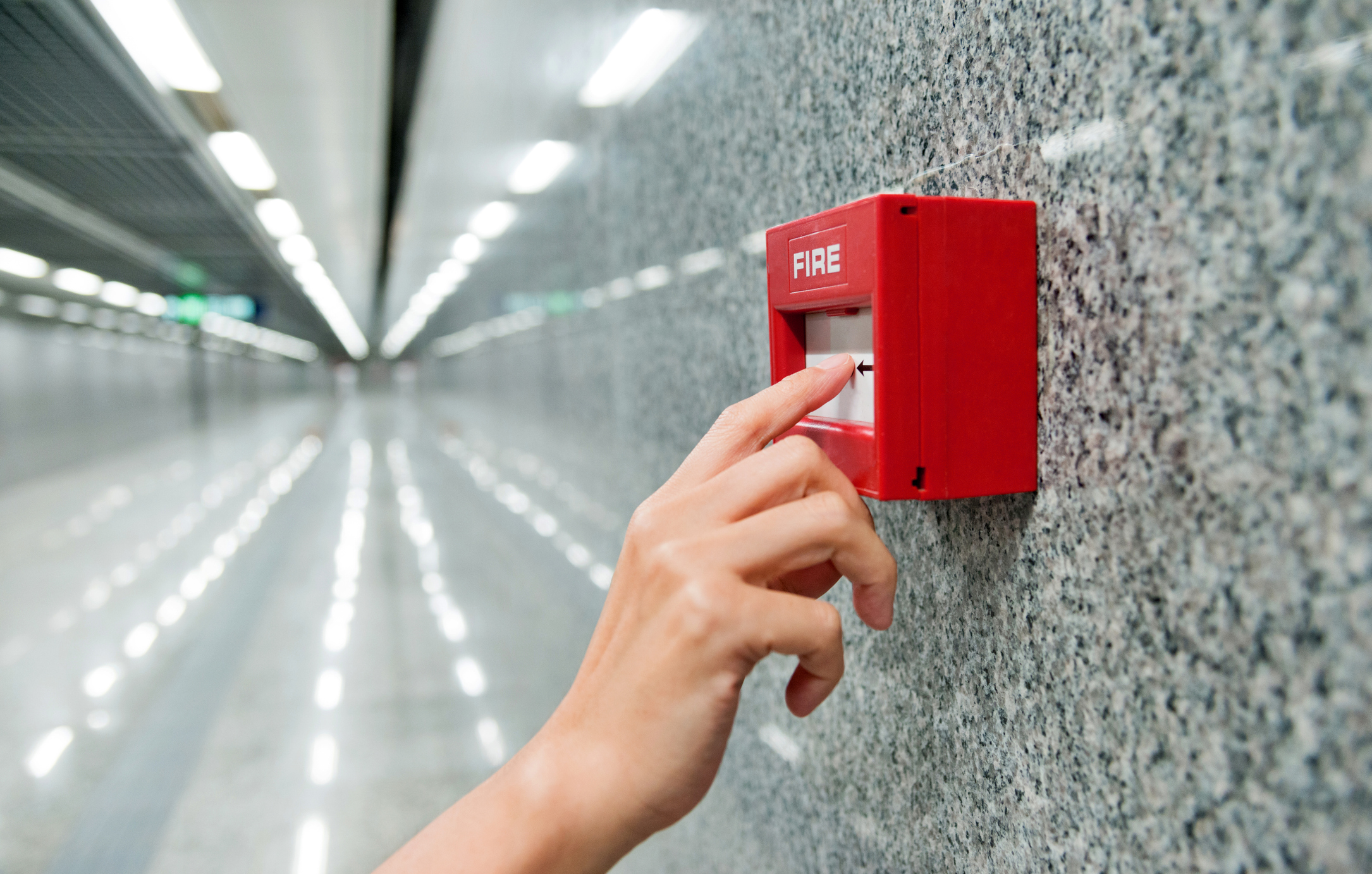
How Often Should a Fire Drill be Carried Out?
While it’s well-known that fire drills are important, many often wonder how often fire drills should be performed? This article will delve into the reasons behind regular fire drills, the party responsible for conducting them, their frequencies, and a brief on how to conduct a fire drill.
What is a Fire Drill?
A fire drill is a practice procedure aimed at training people to respond to an emergency fire situation swiftly and efficiently. Whether it’s for residential buildings like flats or workplaces like office buildings, fire drills aim to educate occupants on how to safely evacuate a building in the case of an emergency. It involves simulating a fire incident, alerting occupants using the fire alarm system, and evacuating them to a safe zone via the most direct and safest route. The drill ensures that everyone knows their roles and responsibilities during such emergencies, minimising panic and confusion and ultimately saving lives.
Why Do We Need Regular Fire Drill Practices?
So, why do we need regular fire drill practices and what is the purpose of a fire drill? Regular fire drill practices are essential for numerous reasons. Firstly, they educate occupants about the correct procedure to follow in the event of a fire, which minimises chaos and confusion. Secondly, they familiarise people with the building’s layout and evacuation routes, a crucial aspect especially for larger buildings. Thirdly, regular drills help in identifying potential problems in the evacuation procedure, which can then be rectified. Finally, in some areas, regular fire drills are a legal requirement that could potentially affect insurance and liability.
Who is Responsible for Fire Drills?
The responsibility for conducting fire drills generally lies with the owner or the management of the building, or the health and safety officer in workplaces. The designated person or team is tasked with planning and executing the drill, documenting results, and making necessary changes to the fire safety plan based on those results. Their role is incredibly important for fire drills, as they ensure fire drills are conducted accurately and safely.
Fire Drill Frequencies
While the frequency of fire drills can vary depending on the regulations of a specific location, a good rule of thumb is to conduct a fire drill at least twice a year. For schools, it is often recommended to conduct them more frequently, perhaps once every term. Places with high-risk factors, such as chemical plants or manufacturing facilities, may require even more regular drills. By increasing the frequency of these drills, individuals performing them are better equipped to safely exit the building in the event of a fire.
How to do a Fire Drill
Learning how to do a fire drill can greatly improve outcomes if a fire ever breaks out in a building. Conducting a fire drill involves a series of steps, which we’ll outline below:
• Planning: Decide on the date, time, and scenario. Ensure that the fire drill does not interfere with critical activities.
• Notification: Inform all occupants about the upcoming drill but keep the exact details confidential to make the drill realistic.
• Execution: Trigger the fire alarm system and start the drill. Monitor how everyone reacts.
• Evaluation: Assess the effectiveness of the drill, note down the time taken for evacuation, and identify any issues or delays.
• Review: Provide feedback to all participants and make necessary amendments to the fire safety plan based on observations.
Fire Drills are Part of a Wider Fire Safety Strategy
It’s important to note that fire drills form just one part of a broader fire safety strategy. Other crucial elements include the installation and maintenance of fire safety equipment such as fire alarms and extinguishers. At Britannia Fire & Security, we offer professional services to help with this, providing state-of-the-art fire alarms and extinguisher installations. Coupling these services with regular fire drills creates a comprehensive fire safety plan, preparing buildings and their occupants for potential fire emergencies.
So to recap, the frequency of fire drills is of utmost importance in ensuring the preparedness of individuals for fire emergencies. These drills, when supplemented with a robust fire safety strategy, can save invaluable lives and resources.
Legal Requirements for Fire Drills
In the United Kingdom, the frequency and execution of fire drills are governed by stringent laws to ensure workplace safety. The Regulatory Reform (Fire Safety) Order 2005 mandates that all employers carry out comprehensive fire risk assessments. These assessments are essential as they identify potential fire hazards and the measures needed to mitigate these risks. Based on the findings, employers are required to implement appropriate fire safety arrangements, which include the planning and conducting of regular fire drills.
The order does not specify an exact number of drills to be performed annually, leaving the decision to the discretion of the business based on its specific risks and circumstances. However, it’s generally recommended that fire drills be conducted at least once a year, and more frequently in higher-risk environments such as warehouses where fires are more likely.
What Issues Should Fire Marshals Look for in a Fire Drill?
During fire drills, fire marshals play a major role in evaluating the effectiveness of the evacuation procedure and identifying any potential issues that could impede safety. Here are key areas that fire marshals should focus on:
- Support for Employees with Disabilities: Fire marshals must ensure that employees with mobility or sensory disabilities are provided adequate support during the drill. This includes verifying that personal emergency evacuation plans (PEEPs) are in place and effective.
- Identification of Mobility Issues: It’s essential to identify any individuals who may have difficulties during an evacuation that were not previously recognised. This can include temporary issues such as an injury or pregnancy.
- Training Needs: The drill can reveal which employees lack understanding of the evacuation procedures or show hesitation during the drill. These employees may require additional training to ensure their safety and the safety of others.
- Obstructions and Hazards: Fire marshals should scrutinise the escape routes for any obstructions or hazards that could block the passage or slow down the evacuation. This includes checking that fire doors are functional and not blocked, corridors are clear of debris, and emergency exits are properly marked and unobstructed.
By addressing these main issues, fire marshals can significantly improve the outcomes of fire drills, ensuring that all employees are prepared and capable of evacuating safely in the event of a fire.




